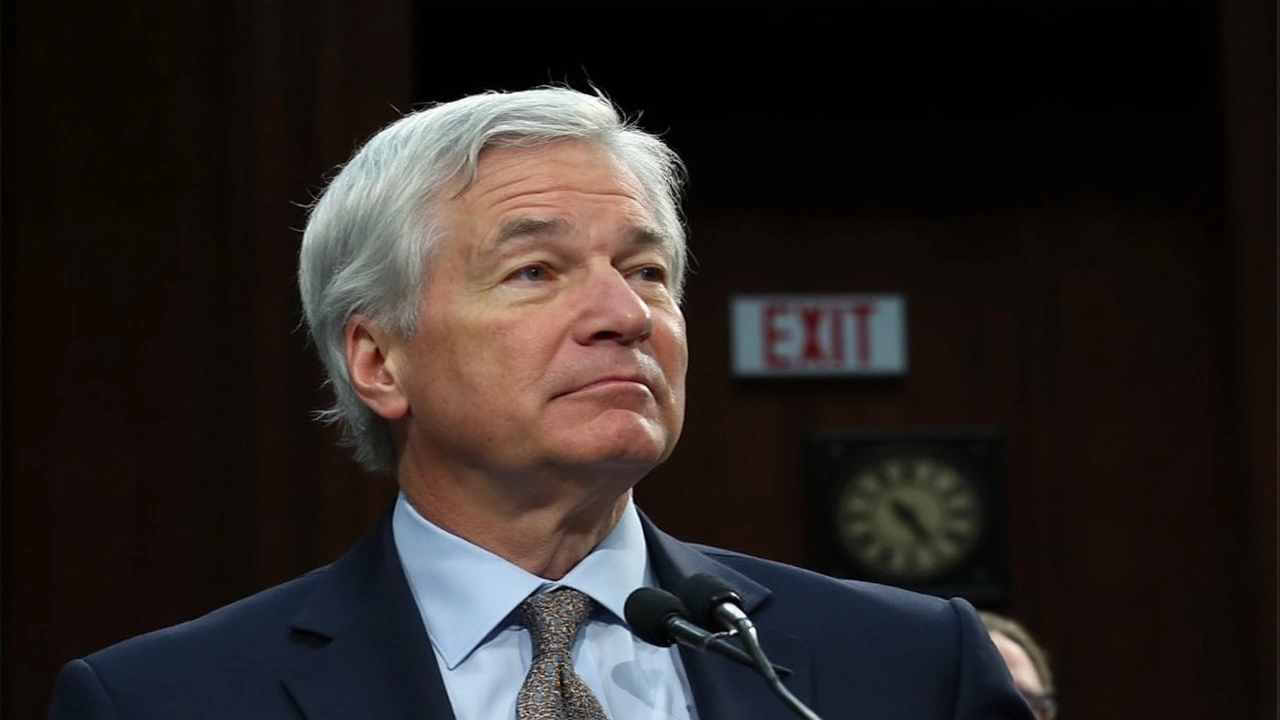U.S. Debt Explained: What It Means for You
Ever wonder why you keep hearing about the U.S. debt on the news? It’s basically the amount the federal government owes to anyone who bought its bonds – from other countries to ordinary investors. Think of it like a huge credit‑card bill that keeps growing.
In simple terms, the government spends more than it collects in taxes. The shortfall gets covered by borrowing, which adds to the national debt. Every dollar borrowed becomes part of that total, and the interest on it adds up over time.
Why the Debt Keeps Growing
There are three main reasons the debt climbs: higher spending, lower tax revenue, and emergencies that force extra cash. Big ticket items like defense, Social Security, and Medicare take a huge chunk each year. When the economy slows, tax collections dip, widening the gap between income and outlay.
Unexpected events – a pandemic, natural disasters, or a sudden market crash – push the government to spend even more. The 2020 COVID‑19 relief packages are a recent example where trillions were borrowed in a short span.
Another key piece is the debt ceiling. Congress sets a cap on how much the Treasury can borrow. When the limit hits, lawmakers must vote to raise it or risk a government shutdown. Those debates often make headlines because they can affect markets and confidence.
How the Debt Affects Everyday Life
Most of us don’t feel the debt directly, but its ripple effects touch daily life. Higher debt can lead to higher interest rates if investors start demanding more return for lending to the U.S. That, in turn, makes loans, mortgages, and credit cards a bit more expensive.
Taxes might also rise in the future to help pay down the debt or service its interest. While the government can technically keep borrowing, a massive debt load can limit flexibility to address new crises.
On the flip side, government borrowing funds programs that many rely on – think unemployment benefits, infrastructure projects, and research grants. So the debt isn’t all bad; it can be a tool for growth when used wisely.
If you want to stay on top of the story, watch the Treasury’s monthly debt release and follow the news around the debt ceiling votes. Knowing the numbers helps you understand the bigger picture and how policy choices might influence your finances.
Bottom line: the U.S. debt is a massive sum that grows when spending outpaces revenue. It matters because it can shape interest rates, taxes, and the government’s ability to respond to emergencies. Keeping an eye on the headlines and the Treasury’s reports will give you a clearer view of where the country’s fiscal health stands.
Jamie Dimon Sounds Alarm on Looming U.S. Bond Market Crisis as Debt Soars
Jamie Dimon, CEO of JPMorgan Chase, warns the U.S. bond market is heading for trouble due to growing government debt and fiscal policies. He predicts higher borrowing costs and fallout for small businesses if confidence in U.S. debt falters. The Treasury plays down his concerns but recent market turmoil lends weight to his warning.
